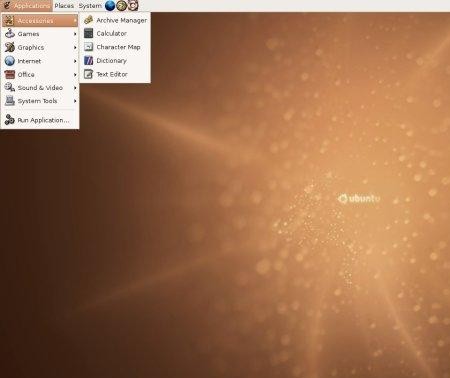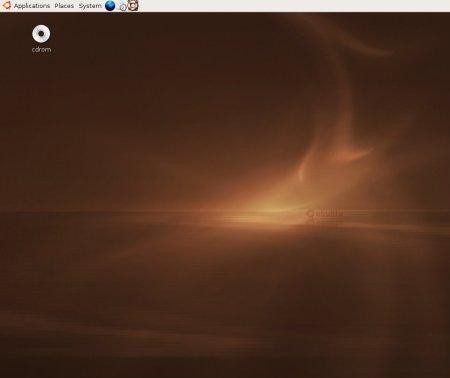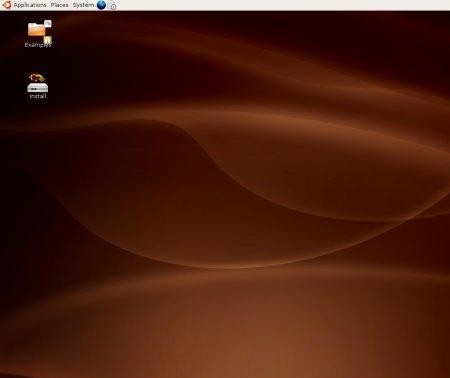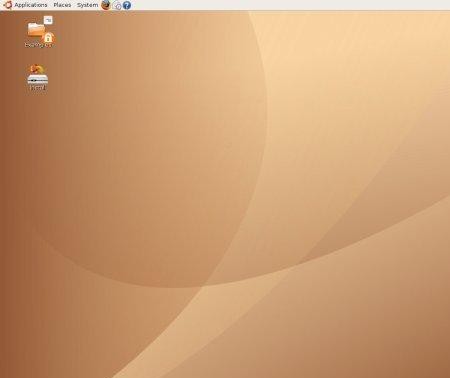Ubuntu: a success story in pictures

The Debian distribution has been on the market for more than a decade, Gentoo is five years old, and Mandriva / Mandrake is almost ten. But their accomplishments simply fade in comparison with the success of the Ubuntu distribution, which in less than three years has gained tremendous popularity.
The authors of the blog Phoronix.com tried to analyze how the new Linux distribution was able to achieve such success in such a short time. They published a Ubuntu story in pictures .
The Ubuntu project was founded by Mark Shuttleworth in February 2004 under the name no-name-yet.com (now a redirect to ubuntu.com comes from this site). Funding was taken over by Canonical Limited owned by Mark. Ubuntu distributions were created based on Debian –unstable and released (with one exception) over a six-month cycle, in accordance with GNOME releases.
From the very beginning, the company has been sending free distribution CDs to all comers and it still does. For three years, Ubuntu has identified Fedora, Debian, SuSE and all other Linux distributions ( DistroWatch statistics ) in popularity, has become a familiar topic for discussion on digge, on Habré (we have 124 references to Ubuntu , while SUSE, for example, 45 , and Debian - 21 ) and other social news sites. In terms of PR and publicity with Ubuntu, no one can match.
')
To date, five versions of Ubuntu have been released: 4.10 Warty Warthog, 5.04 Hoary Hedgehog, 5.10 Breezy Badger, 6.06 Dapper Drake and 6.10 Edgy Eft. In April of this year, 7.04 Feisty Fawn will appear. On the pages of Ubuntu history in pictures you can see screenshots of each of these versions.
The first version 4.10 of Warty Warthog was released in October 2004 and was based on the Linux 2.6.7 kernel, XFree86 4.3.0.1 and GNOME 2.8. The system could be started from the LiveCD (for comparison, the official Fedora distributions in the form of a LiveCD appeared only in 2006). The first Ubuntu desktop was a dreadful monochrome brown by default.

In the next version 5.04 Hoary Hedgehog (based on X.Org 6.8.2, Linux 2.6.10 and GNOME 2.10), the graphic theme was significantly improved.

In the 5.10 Breezy Badger family of distros (GNOME 2.12.1, Linux 2.6.12 and X.Org 6.8.2.), An “educational” version of Edubuntu and server support have appeared. Among the new features of the LiveCD is support for OEM installations and launch panels.

Dapper Drake 6.06 release (GNOME 2.14, Linux 2.6.15 and X.Org 7.0) was originally planned for April 2006, but Mark Shuttleworth moved it to June 1st. It was the first distribution of Ubuntu, for which long-term support was guaranteed (Long Term Support): three years for desktops and five years for servers. Previous distributions have been supported by Canonical for 18 months.

Edgy Eft version 6.10 (GNOME 2.16, Linux 2.6.17, X.Org 7.1) came out four months after Dapper Drake and was distinguished by the presence of Tomboy's “sticky notes” editor and F-Spot photo album manager. In this distribution, the developers for the first time abandoned dark brown colors and made the default graphic theme more aesthetically pleasing.

The upcoming 7.04 Feisty Fawn (GNOME 2.18.0, X.Org 7.2.0, Linux 2.6.20 / 2.6.21) is scheduled for release in April 2007 and promises to please with many nice improvements, such as support for network roaming, failsafe X and much more, including a wizard migration from other operating systems Ubuntu's Migration Assistant .

Source: https://habr.com/ru/post/30931/
All Articles